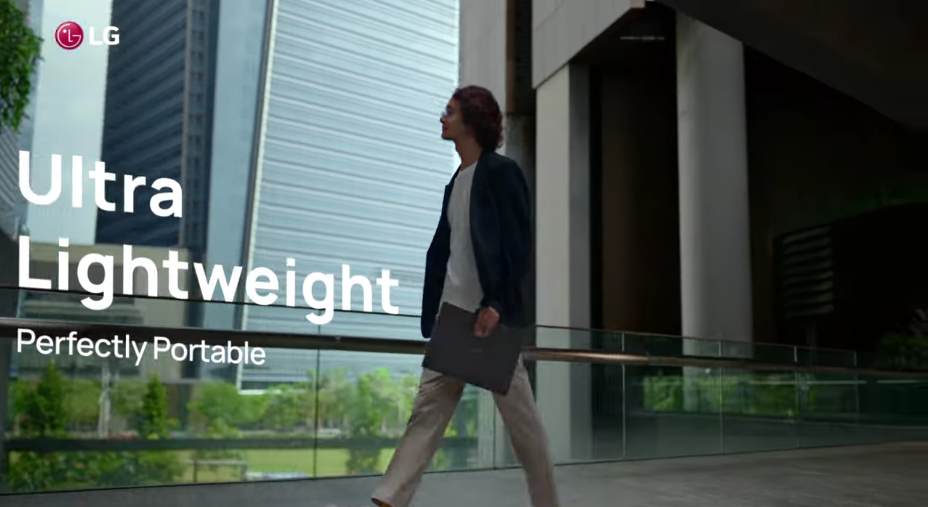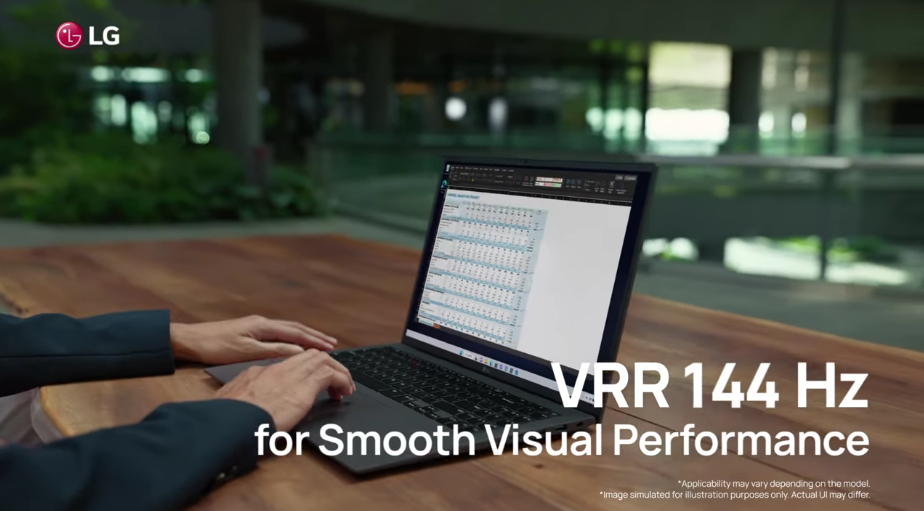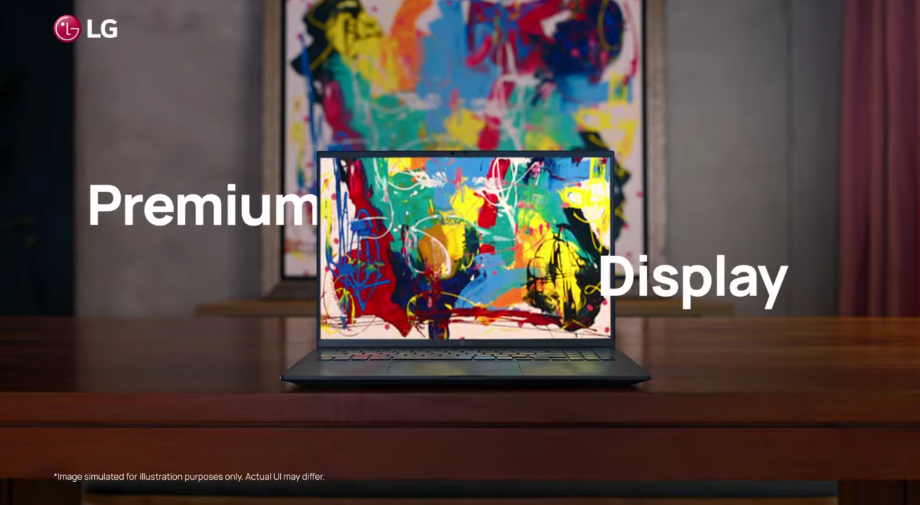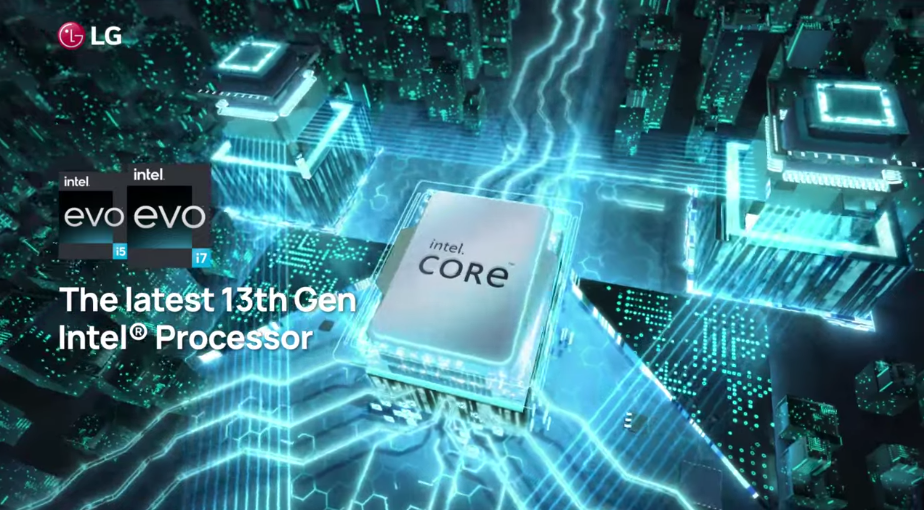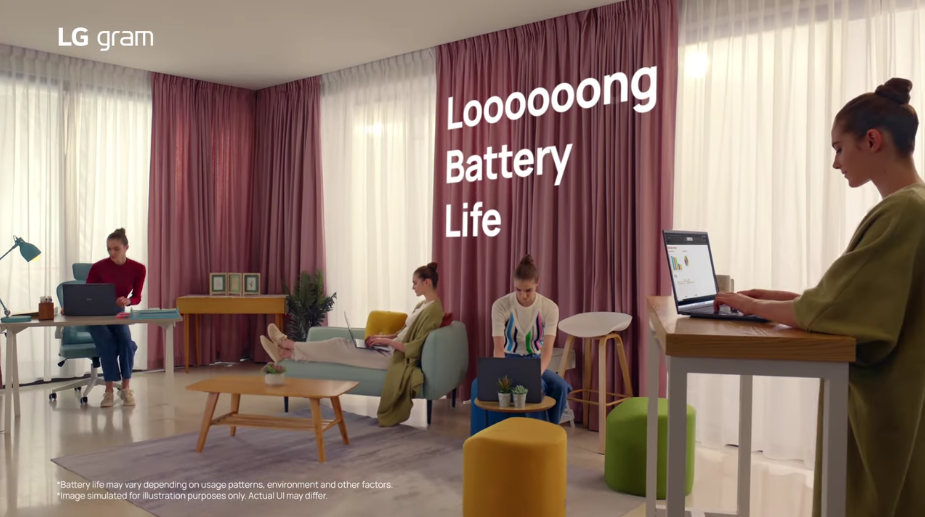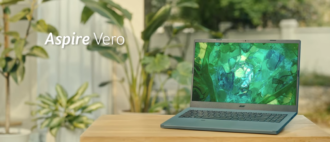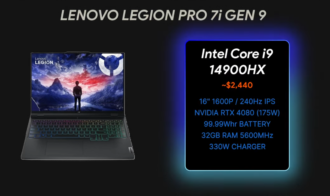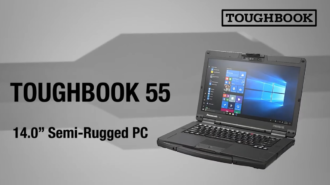LG Gram 16: An Honest Review
- 1 LG Gram 16 Specification
- 1.1 Pros
- 1.2 Cons
- 1.3 Features and Design
- 1.4 Display
- 1.5 Connectivity and Input
- 1.6 Performance
- 1.7 Battery Life
- 1.8 Conclusion
The LG Gram 16 is a silver metallic clamshell that looks like a book or laptop until you pick it up. You’ll feel like Thor lifting Mjolnir since taking up a 16-inch laptop shouldn’t be easy. The Gram 16 weighs 2.5 pounds, less than the MacBook Air M2 (2.7 pounds). The Gram’s magnesium alloy frame is practically impossible to lift, yet it offers over 13 hours of battery life, a stunning display, and great performance. The Gram 16 may be the right laptop for students and regular travelers who want to travel light without squinting at a 13-inch screen.
LG Gram 16 Specification
| CPU | Intel Core i7-1260P |
| GPU | Iris XE |
| RAM | 16GB LPDDR5 (dual channel) |
| Storage | 1TB SSD |
| Screen | 16-inch (2,560 x 1,600 pixels) |
| Connectivity | Wi-Fi 6e, Bluetooth 5.2 |
| Camera | 1080p |
| Ports | 2 Type-C, 2 Type-A, microSD, headphone socket, HDMI |
| Weight | 1.2Kg |
| Size | 354.5 x 242.1 x 16.8mm |
Pros
- This device offers 13+ hours of battery life
- It is lightweight
- Has a vibrant 16-inch display
- A fast SSD
- Provides solid daily performance.
Cons
- The display could be brighter
- The audio can be better.
Features and Design
When a laptop’s name includes its weight, you must be sure it will perform well when weighed. The LG Gram 16 does. Gram 16 is 2.6 pounds. You’d never expect a 16″ laptop to feel so light in your hand. Slip the LG inside your bag and carry it around the workplace without noticing. That number is even more amazing when considering the alternative 15.6″ and 16″ laptops that may entice you. The Gram is far lighter than the MacBook Pro 16 at 4.7 pounds and the Dell XPS 15 at 4.22 pounds. LG’s laptop weighs less than the current MacBook Air and XPS 13 Plus. That weight is the headline, and hands-on experience with the Gram doesn’t eliminate build quality worries. Grip the screen corners to twist the panel; the base is easy to move and bend. The entire bottom seems empty. The solid metal of Apple and Dell’s heftier designs contrast sharply. However, the LG Gram 16 should withstand commuting, office life, and lengthy workdays. LG’s laptop has been tested and certified to MIL-STD-810G regulations, making it resistant to vibrations, shocks, drops, temperatures, pressures, and dust.
Display
Like rival laptops, the LG Gram’s 16:10 IPS screen is becoming more popular. Given that vertical space simplifies online surfing and Office chores, there’s no surprise. The Gram’s 2,560 x 1,600 resolution is excellent for daily tasks, sharp photographs, movies, and casual games. However, it cannot be configured with a 4K screen. Testing shows Gram’s display is excellent but not fantastic. A brightness level of 368 nits is adequate for indoor usage but not for outdoor use in harsh sunshine. Dell’s basic 1080p XPS panel and the MacBook Pro’s Mini LED achieved 500 nits. The IPS screen’s 1,227:1 contrast ratio is impressive, delivering bright colors and considerable depth. The MacBook Pro’s Mini LED is better, too, making darker areas seem deeper and adding punch. The Gram’s Delta E of 3.33 is adequate but not spectacular, indicating color accuracy should be improved. While this panel displays 99.8% and 97.3% of sRGB and DCI-P3, the MacBook Pro and Dell XPS 15 OLED screens support Adobe RGB.
Connectivity and Input
You wouldn’t know the LG Gram is compact and lightweight from its keypad. The unexpected amount of travel beneath those buttons makes typing fast and comfortable. The Gram’s light buttons and hollow chassis allow for greater movement than the solid Apple and Dell frames, which have sharper and more substantial buttons. That won’t bother anyone but the fastest typists. You’ll get used to the single-height Return key, even if it’s not ideal initially. The keyboard has a number pad, which is rare, and a flat power button to avoid accidental hits. The keyboard features a white backlight and a “secure key” that turns off the microphone and camera, F4.
Performance
The Core i7-1260P, designed for tiny, light notebooks like the Gram, compresses Chipzilla’s CPU advancements to 7nm silicon. The i7-1260P has a 4-core, 8-thread P core and an 8-core, 8-thread E core, peaking at 4.7GHz and 3.4GHz, respectively. In this laptop, the i7 CPU operates at 28W TDP. This slimline Core i7 CPU has 1.4GHz Iris Xe graphics and 96 execution units. We’ve already reviewed its main competitors, the Intel Core i7-1260P and AMD Ryzen 7 6800U. LG’s i7-1260P with 16GB of dual-channel 5200 MHz DDR5 and a 1TB Samsung PM9A1 SSD delivers 6,950 and 4,479 MB/s read and write speeds. The Gram’s single shining feature was its 9.355s Excel benchmark time. That result exceeds Apple’s silicon and is only outperformed by the powerful i7-12700H, thanks to the Gram’s DDR5 memory.
Battery Life
Gram 16 doesn’t fully use i7-1260P. That hurts performance but helps thermals. The Gram is quiet when running low-end processes and daily programs; even with your ear against the case, you won’t hear any noise. Harder workloads don’t lower sound levels. The Gram produced modest, steady fan noise even in difficult single- and multi-core stress testing. Sitting in stillness, you can hear the auditory output, but it’s never loud and can be drowned out by music or office noise. All of Gram’s competitors are louder, but none are awful. Gram’s processor reached 92 degrees in a multi-core test and 91 degrees in a single-core benchmark. These are high for a low-power Core i7 CPU and explain this tiny, light laptop’s energetic throttling. Impressively, little heat reached the external panels, making the Gram always comfortable to use.
Conclusion
The LG Gram 16 laptop has a clear target. It’s light, has fantastic battery life, mainstream features, a nice keyboard, and a decent display. It’s strong enough for daily tasks. The Gram’s CPU is optimized for lifespan rather than performance. Other laptops with better speakers, connections, and displays cost more or have bigger shells.

